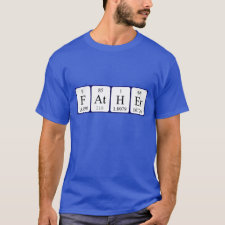
Authors: Qian LW, Liu WQ, Liu HB, Nica V, Zhang SF, Zhou QS, Song WQ, Zhang QY
Article Title: Fabrication of Raspberry-like Cytochrome C Surface-Imprinted Nanoparticles Based on MOF Composites for High-Performance Protein Separation.
Publication date: 2021
Journal: ACS Applied Materials & Interfaces
Volume: 13
Issue: (26)
Page numbers: 31010-31020.
DOI: 10.1021/acsami.1c07107
Abstract: The development of high-performance protein-imprinted materials is vital to meet the requirements of proteomics research but remains a challenge. Herein, a new type of raspberry-like cytochrome C-imprinted nanoparticle was first designed and fabricated via surface imprinting technology combined with a template immobilization strategy. In particular, the state-of-the-art metal-organic framework (MOF)/carbon nanoparticle (CN) composites were selected as protein immobilization carriers for two advantages: (1) the composites reflected the intrinsic characteristics of MOFs including flexible design, facile preparation, and extensive interactions with proteins and (2) the utilization of composites also overcame the issue associated with the severe agglomeration of individual MOFs during the post-use process. Therefore, the as-prepared composites exhibited a regular raspberry-like shape with good dispersion (polydispersity index (PDI) < 0.25), high specific surface area (551.4 m2 g-1), and outstanding cytochrome C immobilization capacity (900 mg g-1). Furthermore, a zwitterionic monomer was chosen to participate in the synthesis of an imprinting layer to reduce the nonspecific binding with proteins. As a result, the unique design presented here in both the protein immobilization carrier and the selected polymer composition endowed the imprinted material (noted as CN@UIO-66@MIPs) with the excellent ability for cytochrome C enrichment with extremely high recognition ability (imprinting factor (IF) = 6.1), rapid adsorption equilibrium time (40 min), and large adsorption capacity (815 mg g-1). Furthermore, encouraged by the experimental results, we successfully used CN@UIO-66@MIPs to specifically capture cytochrome C in mixed protein solutions and biological samples, which proved them to be a potential candidate for protein separation and purification
Template and target information: protein, cytochrome C
Author keywords: Molecularly imprinted polymers, Surface imprinting technology, protein immobilization strategy, Metal-organic frameworks, Zwitterionic polymer, rebinding specificity



Join the Society for Molecular Imprinting

New items RSS feed
Sign-up for e-mail updates:
Choose between receiving an occasional newsletter or more frequent e-mail alerts.
Click here to go to the sign-up page.
Is your name elemental or peptidic? Enter your name and find out by clicking either of the buttons below!
Other products you may like:
 MIPdatabase
MIPdatabase









